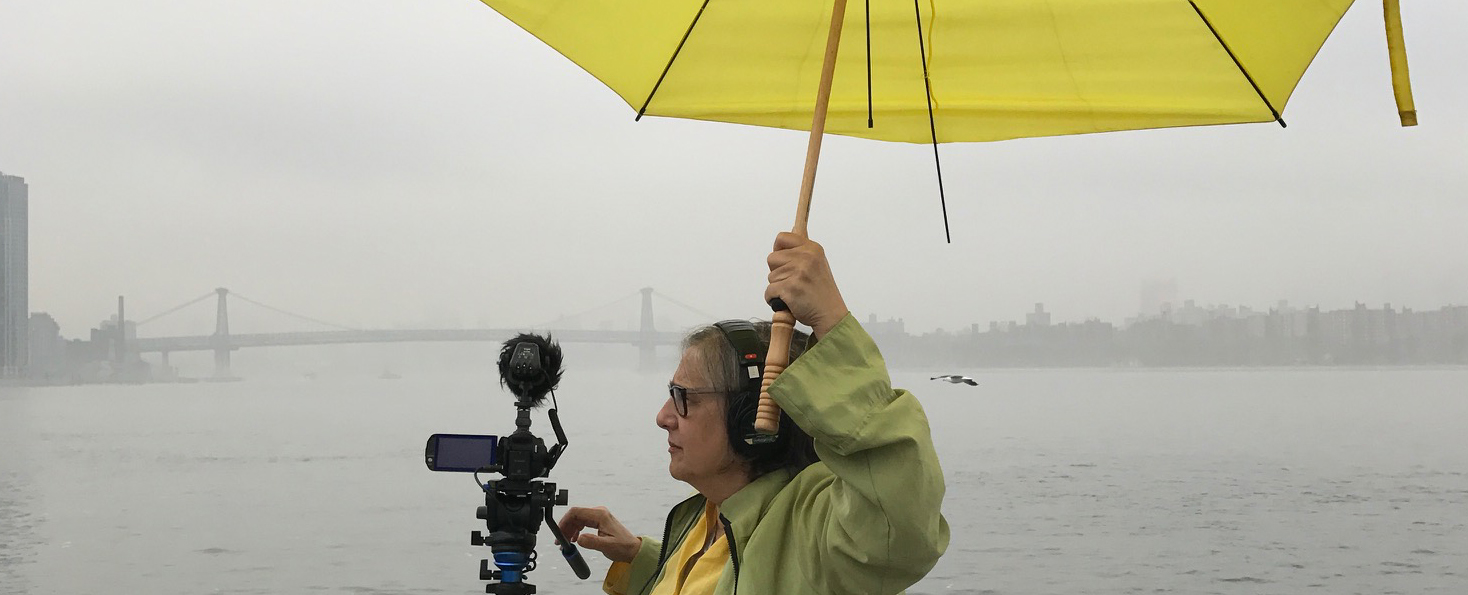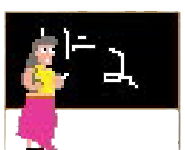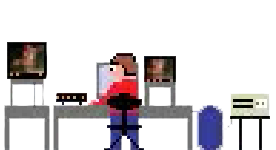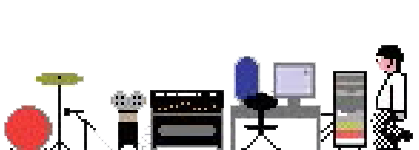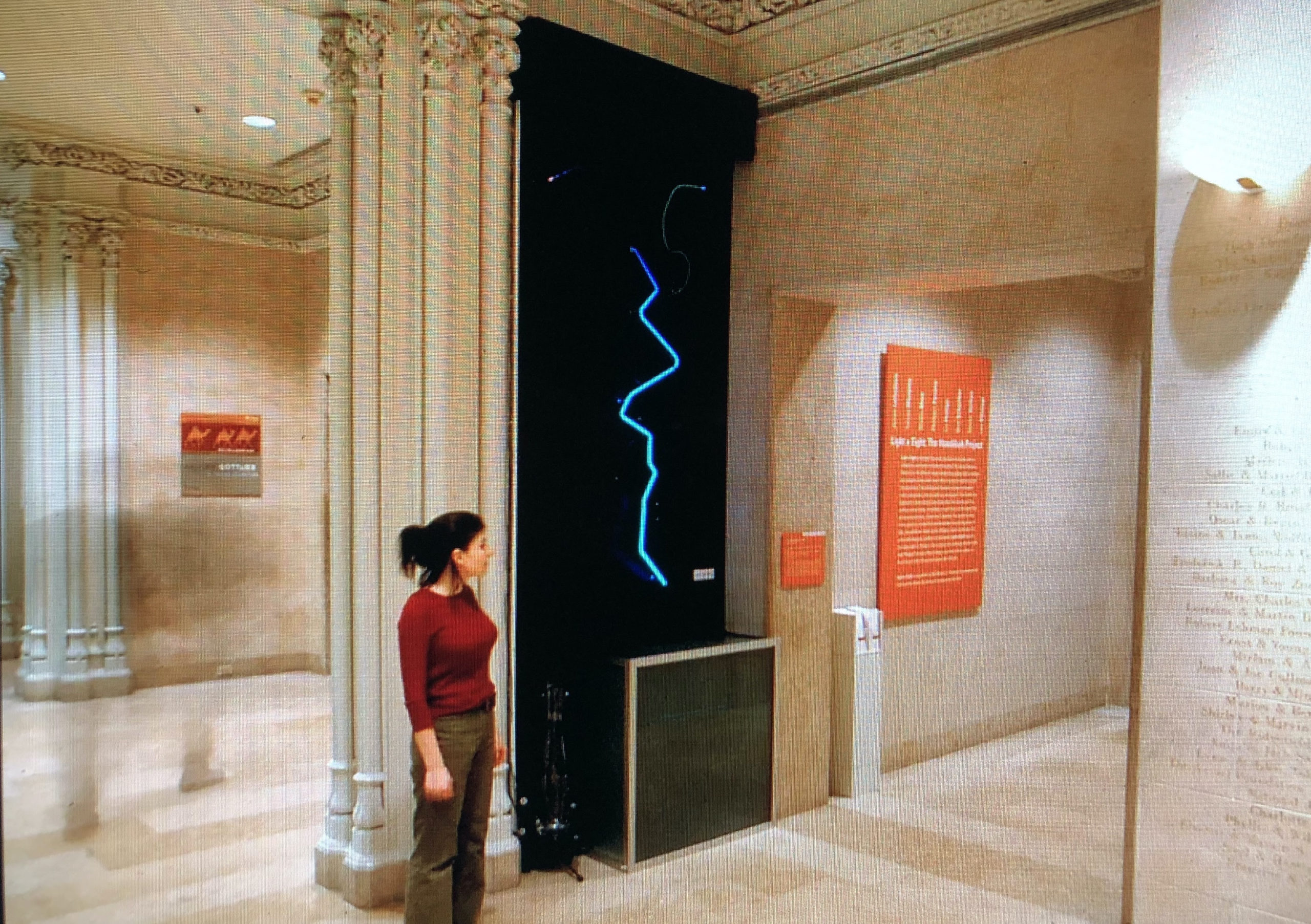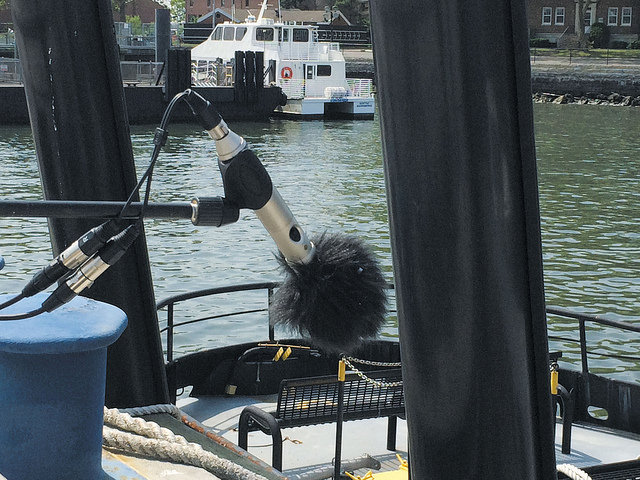For more than 35 years, New York–based artist Liz Phillips has been
making interactive multimedia installations that combine audio and visual art forms
with new technologies to create a fascinating interactive experience. Born in New
Jersey in 1951, Phillips received a BA from Bennington College in 1973. In 1981, she
co-founded Parabola Arts Foundation, a nonprofit organization created by five media
artists from varied disciplines—music, sculpture, film, and video—to provide funding
for art-related projects.Phillips has created and exhibited interactive sound and
multimedia installations at numerous art museums, alternative spaces, festivals, and
public venues, including the Whitney Museum of American Art, the San Francisco
Museum of Modern Art, the Spoleto Festival USA, the Walker Art Center, Ars
Electronica, Jacob’s Pillow, the Kitchen, Creative Time, and the Capp Street
Project, among others. She has also collaborated with the Merce Cunningham Dance
Company, and her work has been presented by the Cleveland Orchestra, IBM Japan, and
the World Financial Center. Liz Phillips was recently honored with two prestigious
awards: the Anonymous Was A Woman (AWAW) grant, which, for the first time in its
history, has been awarded to sound artists as part of its 2024 grant cycle, and the
United States Artists Fellowship, which recognizes her significant contributions to
sound art and experimental media. Recent Performance and Presentation at the e-flux
in BrooklynLiz Phillips integrates nature and the environment into her work through
interactive sound installations that respond to natural elements and ecological
processes. She uses sensors to capture environmental data—such as wind, water
movement, and plant activity—translating these subtle changes into dynamic sonic
experiences. Her site-specific works often create a dialogue between technology and
nature, amplifying hidden rhythms and energies present in landscapes, gardens, and
urban spaces. By blending sound with environmental forces, Phillips fosters a
heightened awareness of our surroundings, encouraging deeper engagement with the
natural world through auditory perception.
